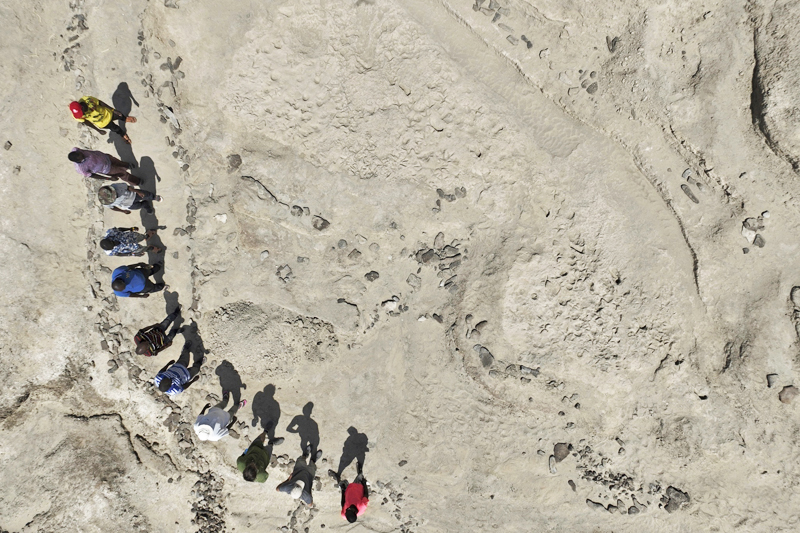WASHINGTON, NOV 29 – Muddy footprints found in a lake area in Kenya indicate that two species of early human ancestors lived close together around 1.5 million years ago.
The footprints are believed to have been left in the mud by two different species over a period of just a few hours or at most a few days, according to paleontologist Louise Leakey, one of the authors of the study published yesterday in the journal Science.
Scientists previously knew from fossils that two extinct branches of human evolution – known as Homo erectus and Paranthropus boisei – lived around the same time in the Turkana Basin.

However, the date of the fossil cannot be precisely determined. “The margin of error could be several thousand years,” said paleontologist William Harcourt-Smith of Lehman College and the American Museum of Natural History in New York, who was not involved in the study.
In contrast, fossilized footprints provide evidence of a more specific moment.
“It’s like a real-time recording preserved. This discovery is very unusual,” he said.
The ancient footprints were discovered in 2021 in what is now Koobi Fora, Kenya, explained Leakey, who serves at Stony Brook University in New York.
According to a paleoanthropologist from Chatham University in Pittsburgh, Kevin Hatala, who is also the author of the study, whether the two individuals were on the east side of Lake Turkana at the same time or within a day or two, they were most likely aware of each other’s existence. .
“They may see each other, be aware of each other’s presence and may influence each other in some way,” he said. – AP

